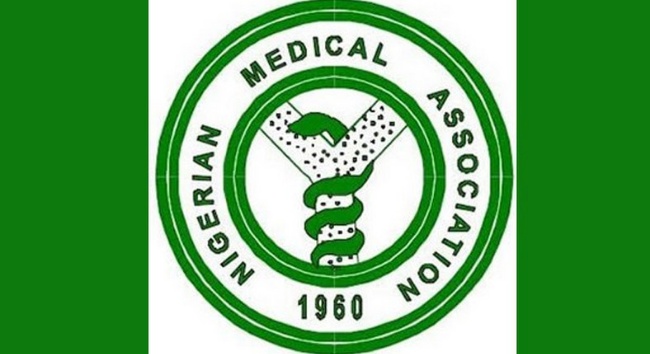The not-so-distant past, diseases like pneumonia, diarrhoea, and sexually transmitted infections were kept in check by readily available treatments. However, a concerning trend is now emerging as resistance to common medications surges, rendering these once manageable conditions increasingly difficult and expensive to treat.Tuberculosis, malaria, and hospital-acquired infections, often referred to as nosocomial infections, are posing substantial challenges to healthcare systems worldwide due to the mounting resistance. Even effective first-line treatments struggle to counter these ailments as resistance continues to escalate.The World Health Organization (WHO), in its recently published 2022 World Malaria Report, has shed light on a troubling scenario. The report reveals that while malaria-related deaths in 2021 were 6,000 fewer compared to the previous year, they were still 9% higher than in 2019, prior to the pandemic’s outbreak. The number of malaria cases continued to rise, albeit at a slightly slower rate than in 2020. An estimated 247 million cases were reported in 2021, marking an increase from 245 million in 2020 and 232 million in 2019.COVID-19-related disruptions played a significant role in exacerbating these figures. The disruptions during the peak pandemic years of 2020 and 2021 resulted in an additional 63,000 malaria deaths and 13 million cases. Nevertheless, global efforts have managed to avert approximately 185 million cases and almost a million deaths in 2021 alone, contributing to a cumulative total of 2 billion cases and 11.7 million deaths avoided since 2000.The epicentre of this crisis is Sub-Saharan Africa, bearing the heaviest burden of malaria. With 95% of the estimated 234 million cases and 96% of the 593,000 deaths recorded in 2021, the region is grappling with an alarming prevalence. Nigeria emerges as a stark example, representing 26.6% of global malaria cases and a staggering 31.3% of all malaria-related deaths.Despite distributing 223 million rapid diagnostic tests and 242 million courses of Artemisinin-based Combination Therapy (ACT) in 2021, treatment-seeking rates in malaria-endemic countries remain disconcertingly low. In sub-Saharan Africa, only 66.5% sought treatment for their recent fevers between 2015 and 2021, a modest increase from 64.8% between 2005 and 2011. However, those who do seek care now benefit from higher usage rates of diagnostic tests and ACTs, which have shown a significant increase from 2005-2011 levels.This growing crisis of drug resistance threatens the very core of malaria treatment. The emergence of resistance to Artemisinin-based combination therapies (ACTs) in countries across Asia’s Greater Mekong Subregion raises alarm bells, echoing the origins of chloroquine resistance. Notably, recent studies have unveiled disturbingly high treatment failure rates in Cambodia, Vietnam, and Thailand.The loss of effectiveness of Chloroquine, once a potent tool against Plasmodium falciparum, the primary malaria-causing parasite, is another blow. Its replacement, sulfadoxine-pyrimethamine (SP), also experienced resistance within a few years of widespread use.The spiraling resistance phenomenon largely stems from the irrational use of antimalarial drugs, including poor adherence, substandard medicines, and ill-conceived treatments. The use of artemisinin and its derivatives as monotherapies contributes to ACT resistance, while the misinformed use of chloroquine during the COVID-19 pandemic has further exacerbated resistance issues.The implications of this crisis are dire, as the spread of drug-resistant malaria strains to other regions, especially sub-Saharan Africa, could pose severe health security risks. Presently, no alternative antimalarial medicine matches the effectiveness and tolerability of ACTs.Antimicrobial resistance, a natural phenomenon where microbes develop genes enabling them to resist drugs, underscores the urgency of addressing this crisis. Factors like antimicrobial misuse, poor regulation, and infection control, and limited access to quality medicines contribute to the development and spread of resistance. The solution lies in comprehensive approaches that involve strengthening health systems, enhancing surveillance, regulating antimicrobial use, and promoting rational treatment practices.The battle against antimicrobial resistance is complex and interconnected. Single interventions hold minimal impact, necessitating a holistic, multifaceted strategy backed by strong leadership and political commitment. As drug resistance continues to threaten global health, collaborative efforts are essential to halt its progress and secure a healthier future for all.
Victor Okeke,
Centre for Social Justice (CSJ),Nigeria
 JamzNG Latest News, Gist, Entertainment in Nigeria
JamzNG Latest News, Gist, Entertainment in Nigeria







